Click below to listen to my 2 min. Garden Bite radio show: Gypsy moths
Audio PlayerIt’s time to go trappin’ for gypsies. The Gypsy moth is an invasive, leaf-eating insect that feeds on about 300 types of trees and shrubs in North America. Just last week I was out mowing a site in Dakota County and the DNR had a trap on a tree out there.
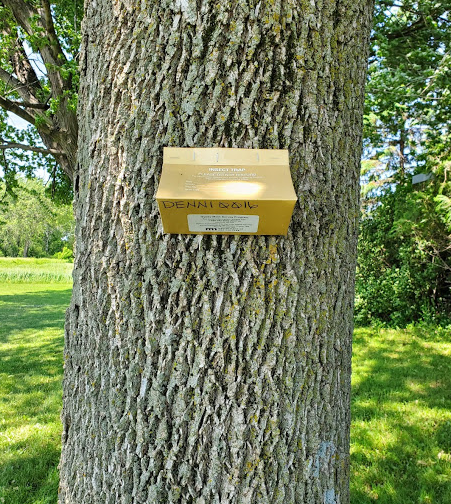
When their populations are high, gypsy moth caterpillars can strip an entire neighborhood or forest of leaves in May and June.
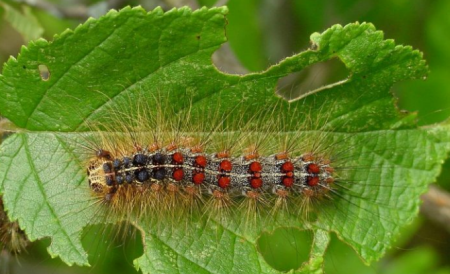

Repeated defoliations may weaken trees and leave them susceptible to other insects and diseases. Adult gypsy moths do not feed, but the adult females lay thousands of eggs which are easily transported to new areas by humans on firewood, outdoor furniture, camping equipment and vehicles.
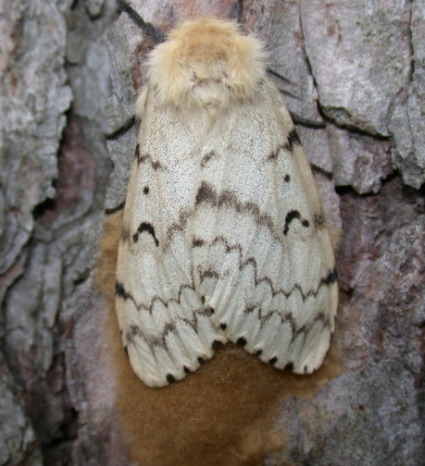
The Minnesota Department of Agriculture (MDA) has, once again, set over 20,000 traps looking for gypsy moth.
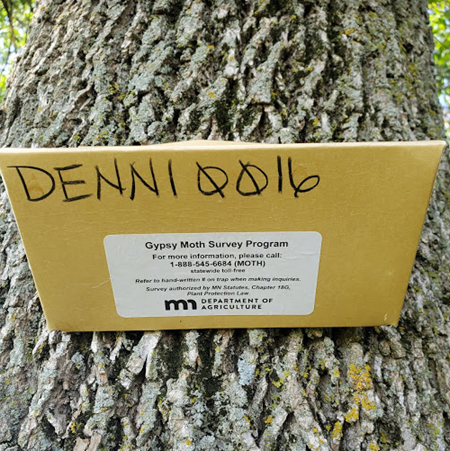
The vast majority of Wisconsin, is in quarantine for the gypsy moth. Nothing to do with covid-19. Click on this link for the TIMING of how to treat for Gypsy moths from the University of Wisconsin – Madison.
The most common treatment against gypsy moth, used in the home landscape, is a spray of Bacillus thuringiensis, commonly called Bt. Specifically, you must use Bacillus thuringiensis kurstaki (Btk) for control of gypsy moths.
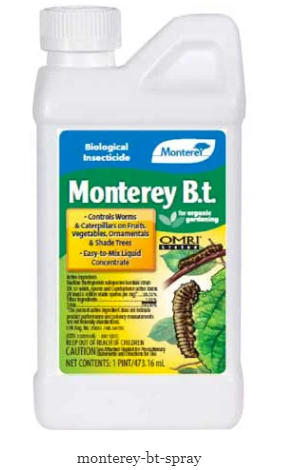
The caveat to Btk is that it CAN kill the Karner Blue Butterfly but does NOT bother bees.
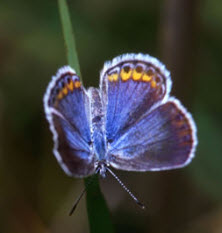
More info from the Virginia Cooperative Extension.
